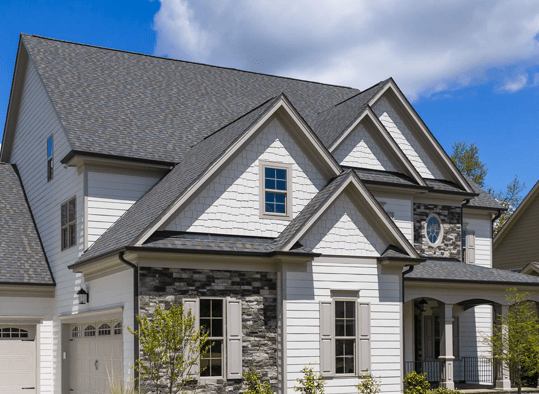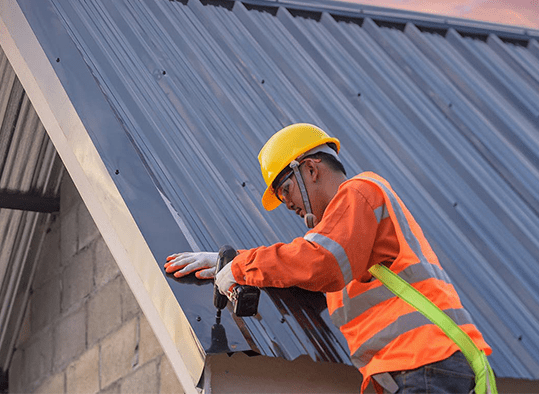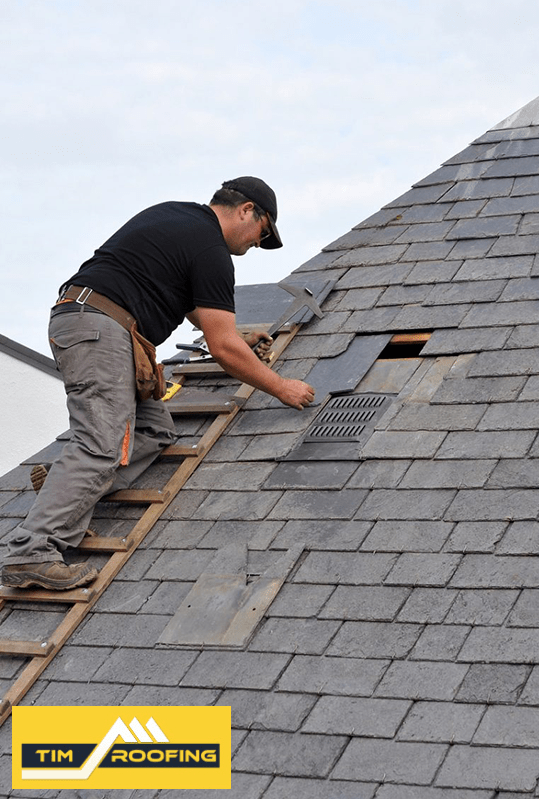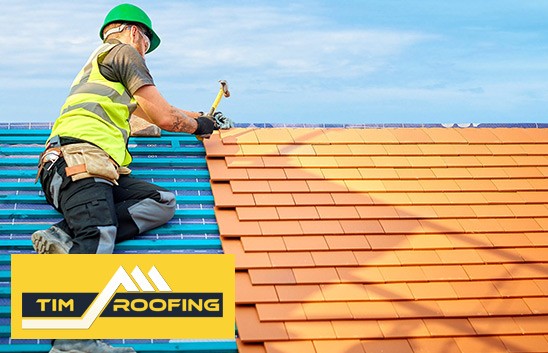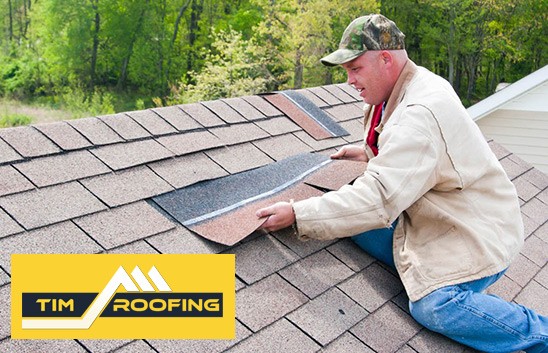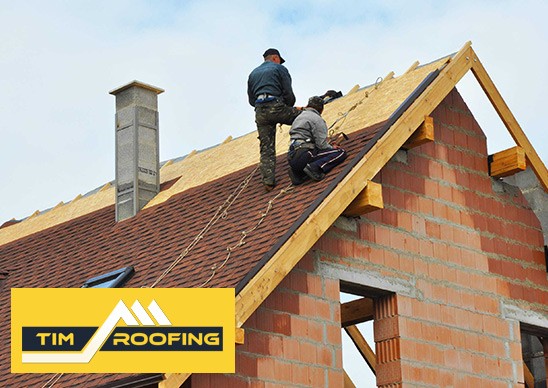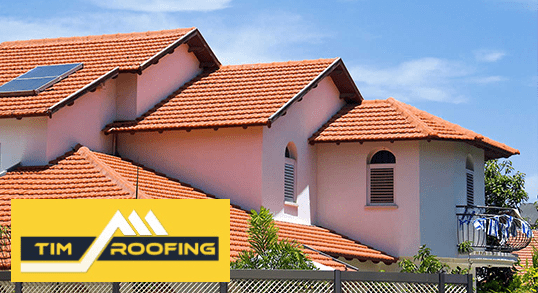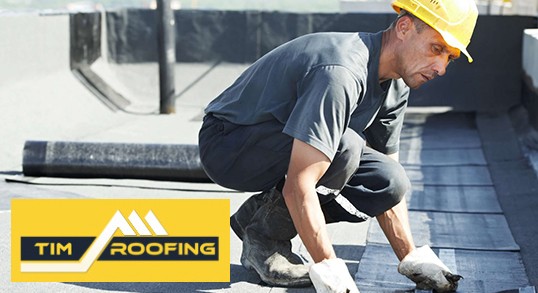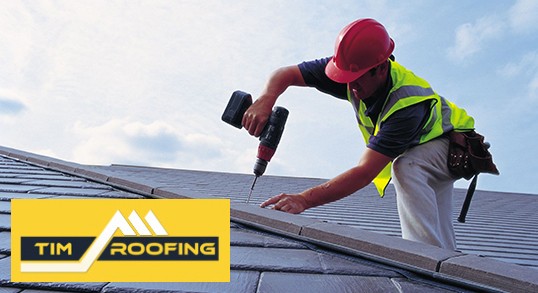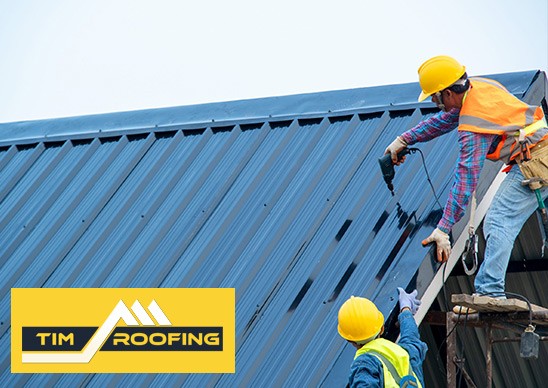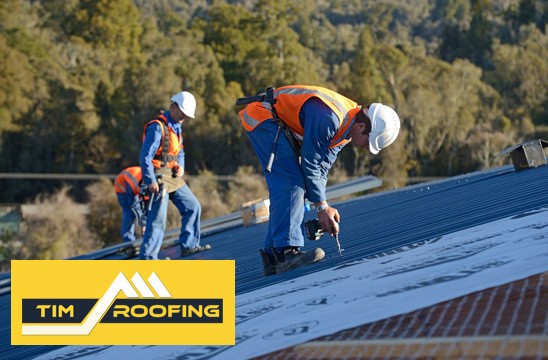In most cases, homeowners insurance covers certain types of damage to your roof,
but the extent of coverage can vary depending on your policy and the specific
circumstances.
Covered perils: Homeowners insurance typically provides coverage
for damage caused by specific perils listed in your policy. Common covered
perils include fire, windstorms, hail, and falling objects like tree limbs.
Covered costs: Policies usually cover the cost to repair or
replace the damaged portion of the roof, taking into account factors such as the
age and condition of the roof. However, policies often have deductibles and
limits.
Negligence or wear and tear: Homeowners’ insurance typically
does not cover damage that is a result of negligence or wear and tear. For
example, if your roof has not been properly maintained and develops leaks as a
result, or if it reaches the end of its expected lifespan and needs replacement
due to normal wear and tear, these costs are usually not covered by insurance.
Additional coverage: Some insurance policies offer optional
endorsements or riders that provide additional coverage for roofing work. These
may include coverage for roof leaks or coverage that pays for the full
replacement cost of the roof, without considering depreciation.


